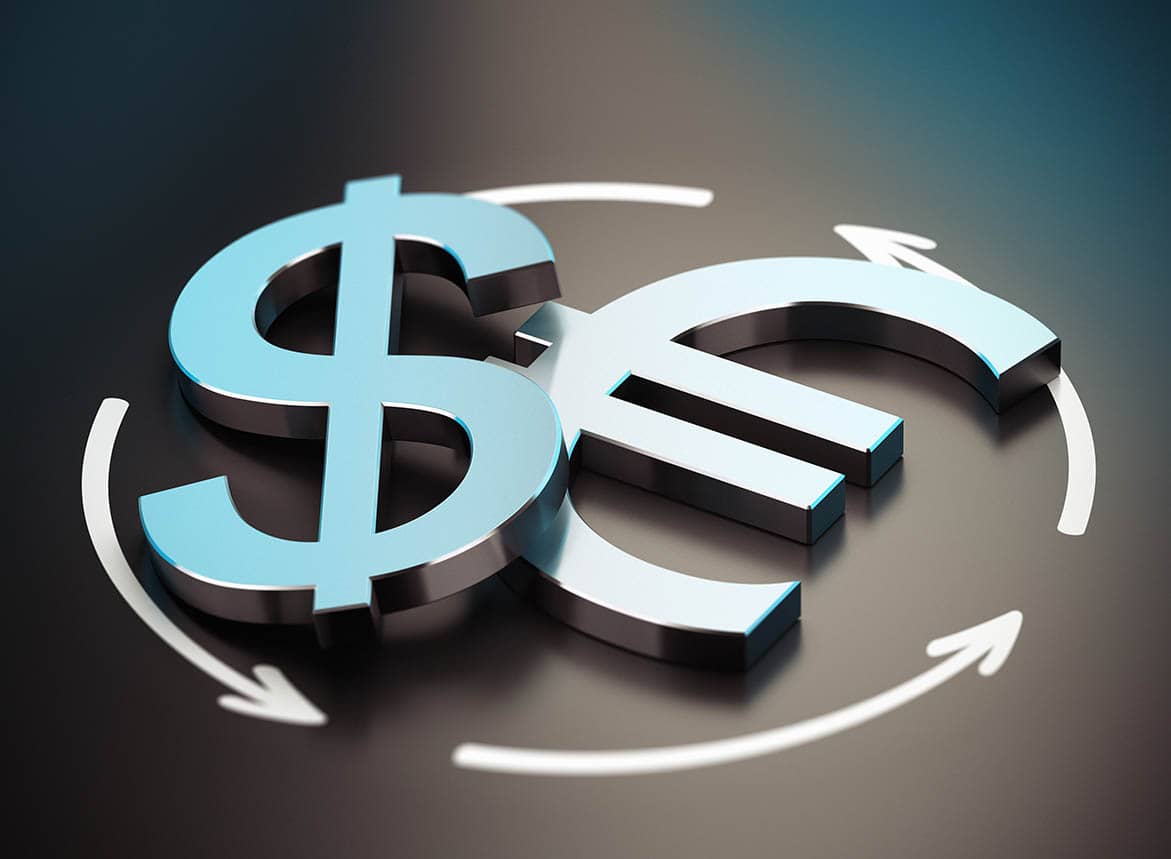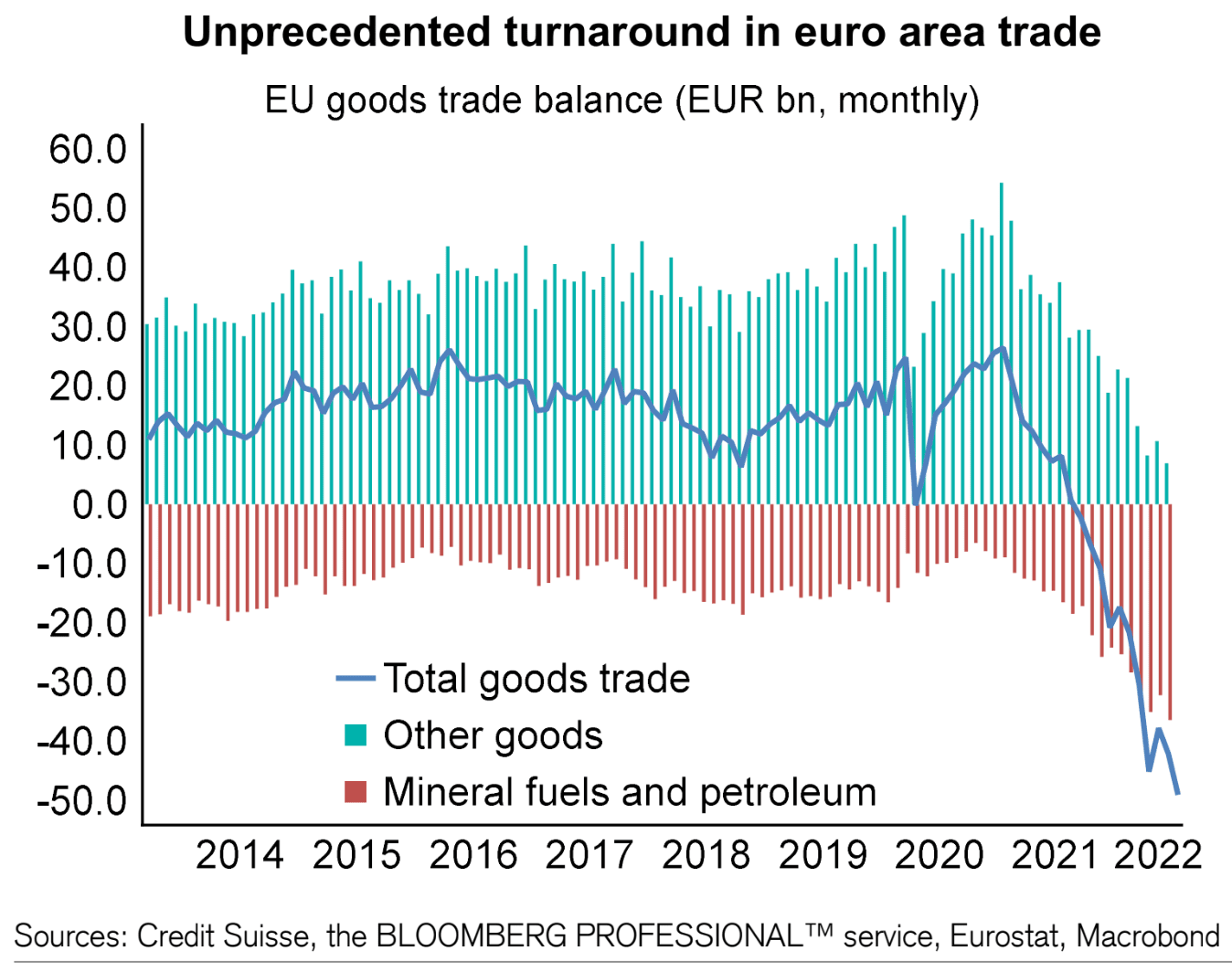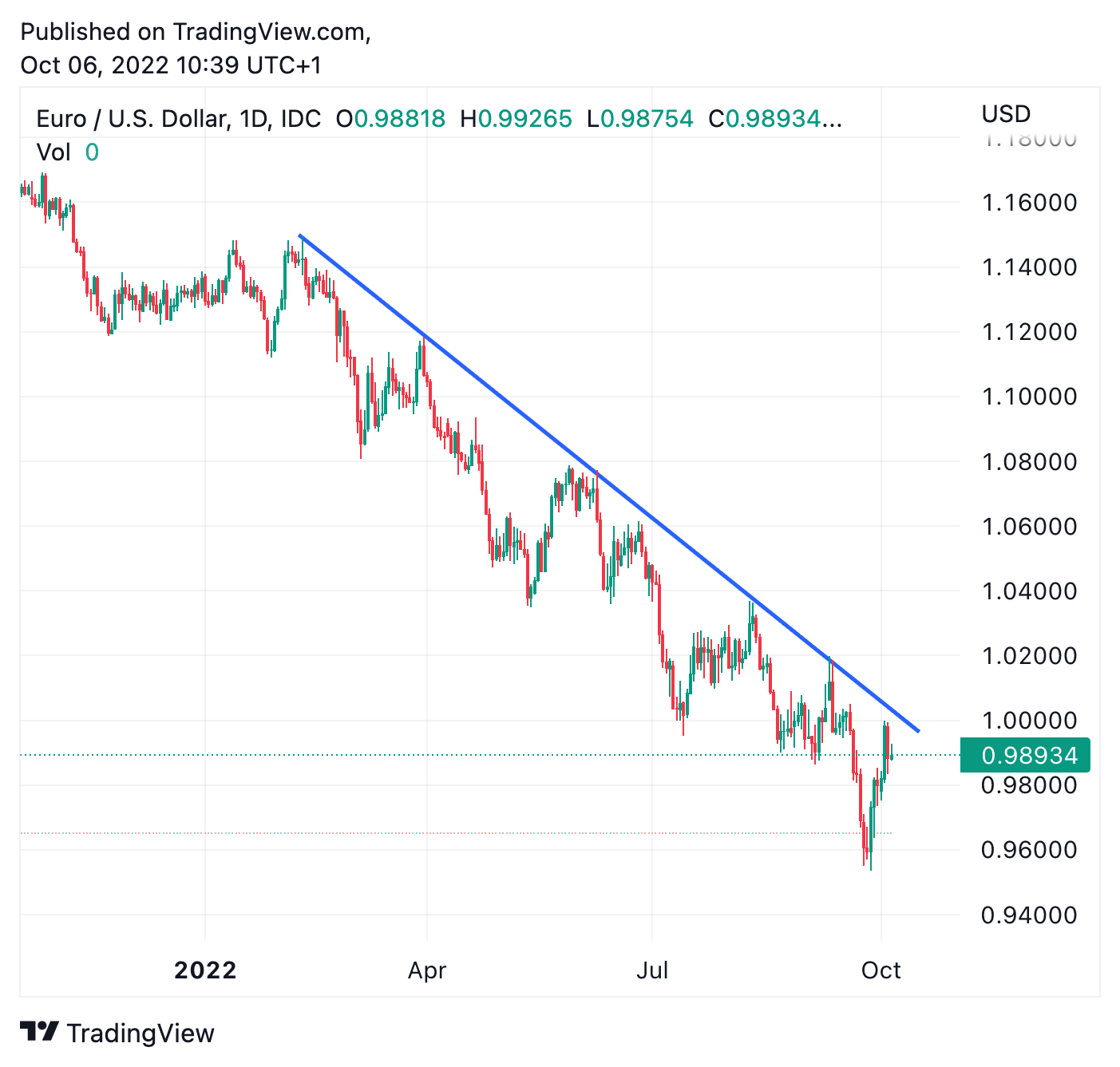Energy Crisis Remains a Burden for Euro - Commerzbank on EUR/USD Exchange Rate Outlook
- Written by: Gary Howes
-



Image © Adobe Images
Oil and gas prices are rising, and this will weigh on the Euro to Dollar exchange rate (EUR/USD) say analysts at one of Germany's largest banks.
Commerzbank has reacted to the midweek decision by OPEC to cut back on production in an effort to boost oil prices, saying this keeps alive a crisis that "remains a burden for the Euro".
Members of OPEC, plus Russia, agreed to a two million dollar/day cut, hoping to stem the ongoing decline in prices, and the decision does appear to have worked.
Brent crude is up 10% this week and WTI crude is higher by 10.22% as traders anticipate lower supply.
Wholesale gas prices are also higher in sympathy with developments in the energy complex, which means further pain for net importers of energy, such as the UK and Eurozone.
The Eurozone and UK are currently suffering under multi-decade high inflation rates which have hammered economic growth and opened the door to a recession over the winter months and through the first half of 2023.
Thu Lan Nguyen, FX and Commodity Analyst at Commerzbank, says the Euro had recently been benefitting from easing concerns regarding the energy crisis in Europe.
"But the optimism was dampened again when it became known that the member countries of OPEC+ would vote for a significant oil production cut. After a temporary decline, the price of Brent crude has since extended its gains in recent days. The European gas price (TTF) also followed the upward trend," says Nguyen.
The surging cost of energy has fundamentally altered the Euro's prospects as it has slashed the region's balance of payments surplus, removing a leg of support for the currency:
"The euro area has been hit by a double whammy when it comes to trade. First, the massive shift in terms of trade due to energy price jumps in 2022 has generated an exceptionally large deficit in energy products," says Shahab Jalinoos, head of foreign exchange research and strategy at Credit Suisse. "Second, production difficulties for exporters like Germany, the loss of the important Russian market combined with weakness in important export markets like China have hurt too."
A long-running trade surplus has meant the Eurozone has earned more through exports than it spent on imports, an obvious source of fundamental support for its currency until 2022.
"Rising energy prices are a burden for the euro, especially compared to the U.S. dollar, as the eurozone is dependent on imports of energy products such as oil or gas and therefore becomes poorer as a result of higher prices, while the U.S. is now a major energy producer and exporter and can therefore enjoy higher revenues," says Nguyen.
For now, Nguyen says the hit to the currency of recent price rises is limited, given the sharp falls seen over recent weeks.
"But there is a considerable risk for the euro exchange rate if the upward trend in energy prices continues," she says.
"It would become critical for the single currency if price levels such as those seen in the middle of the year were to be reached again," she adds.
The EUR/USD exchange rate fell to a low of 0.9535 on September 28, before recovering back to 0.9999 on October 04.
It has since pared that gain back to 0.9893, keeping intact a long-running downtrend and suggesting rallies are likely to remain short-lived in nature:
Above: EUR/USD at daily intervals, highlighting an intact downtrend. To better time your payment requirements, consider setting a free FX rate alert, here.
The Euro's outlook, therefore, remains challenged and a pivot is unlikely near-term, with analysts at Credit Suisse saying a decline into the 0.92's for EUR/USD is possible.
(If you are looking to secure your international payment budget you could consider securing today's rate for use in the future, or set an order for your ideal rate when it is achieved, more information can be found, here.)












